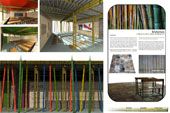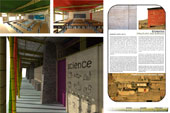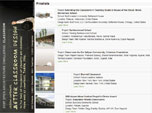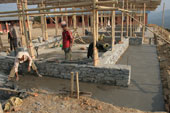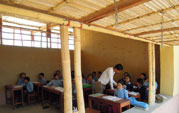Bamboo Architecture
Between 2000 and 2011, the number of children who do not have the opportunity to obtain primary education fell from 102 to 57 million. Regardless of this progress, the aim of achieving universal primary education, one of the Millenium Development Goals, will probably not be fulfilled. In some areas, children have to walk long distances and withstand difficult weather conditions and oscillations in order to get to school. An average class in Nepal can take up to 40-45 children in half of the Czech classroom size. That is why it is essential that the schools are as accessible as possible.
In 2010, an American NGO called Architecture for Humanity and a Czech NGO called Namesté Nepál organised a competition Open Architecture Challenge, the result of which were school projects in developed countries of Asia, Africa and South America.
A project MELA, designed by Czech architects from an association called Meem architecture (Soňa Huberová, Petr Kostner, Martina Kostnerová, Jakub Svatoň) for Nepal, was among eight finalists. Practically only materials from the immediate vicinity of the construction (stone, bamboo, reed) were designed.
MELA is a school construction project for rural areas of central Nepal, which was launched by the first building realization at turn of 2012-13 in a village called Anaikot, in the region of Kavre. The designed architecture endeavours to modify the existing type of schools in an area which frequently suffers from lack of light, from noise during monsoons and the inhospitability to its users.
The newly-constructed type of school tries to create a school environment, which the children will take a liking for and will invite them and the whole village comminity to freely gather in. The prototype also focuses on seismic endurance, because most of Nepal´s territory lies in a high risk area of earthquake. The centre of the project is in utilizing appropriate technologies and low-emission materials, that are energetically unchallenging, available, and environmentally friendly. The structural system of the house is made of local stone, bamboo and clay.
A lot of research of technologies with the aim of minimizing or eliminating the energetically and environmentally demanding materials, such as cement, keeps to be carried out. Morover, it would be appropriate to use materials and technological procedures that are in accord with local communities´ experience and traditions, and could thus promote local economy. Bamboo is a suitable material for architecture, and is also renewable.
Project conception in the Czech Republic: T. Tožička and M. Kreuzzieger
Architectural solution and graphic processing: M.Vavřina, Romy design

